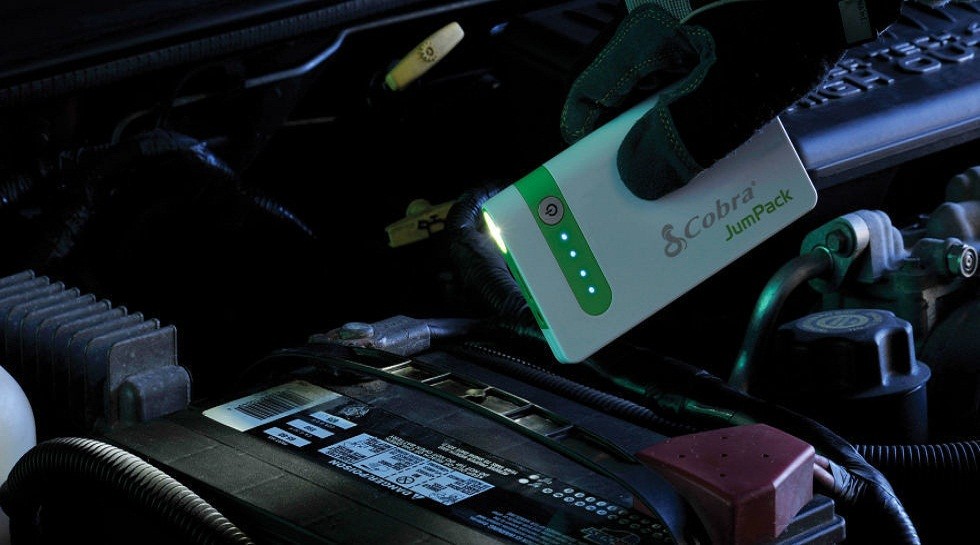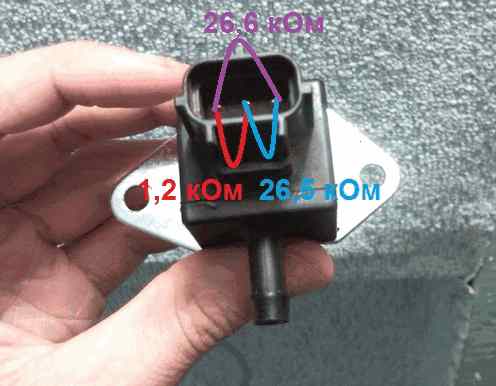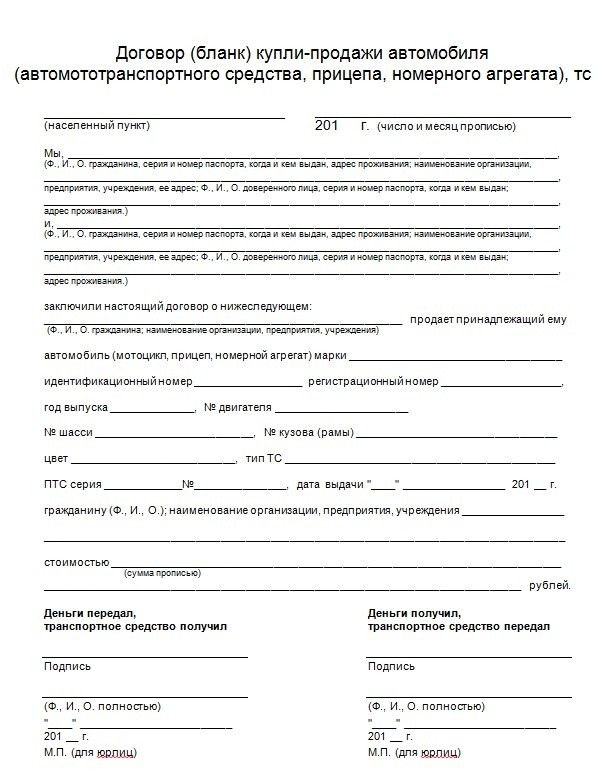
How to stock your car with essentials
Accidents happen all the time, and there are plenty of other ways to get into trouble on the road. A flat tire, a dead battery, and changing weather patterns can leave you stranded and you…
Accidents happen all the time, and there are plenty of other ways to get into trouble on the road. A flat tire, a dead battery, and changing weather patterns can leave you in a situation where you can feel pretty helpless. Worse, if you're stuck in a remote location with little traffic and almost zero cell reception, your difficult situation could go from dire to dangerous.
Don't let that confuse you - you have options. If you have spare items to store in the trunk of your car, you can make your unwanted road situation less stressful, or better yet, less dangerous. You may even be able to get back on the road without having to call for help.
Remember that every situation is different and this list is preliminary. If you live in a place where certain weather conditions affect your life on an almost daily basis, you can tailor this list to suit your specific needs. Here is a list of essential items that you should always keep in your trunk.
Part 1 of 1: XNUMX things you should always keep in your trunk
When you first buy a car, whether it's new or used, you might think it's ready for whatever the road has to offer. You can be wrong - check what is in it and what is not. Make a list of things that you think will make your life on the road a lot easier.
Item 1: Spare wheel and tire accessories. You should always be prepared to replace a damaged tire or repair a flat tire.
When you buy a car directly from the warehouse, it will always have a spare tire. When you buy a car from a private individual, it may not come with parts.
In any situation, you should make sure that you are driving with a spare tire. If you don't have one, every time you drive it's a gamble and you probably don't want to play. You should purchase a spare tire immediately.
Also check that you have a floor jack, jack stands, tire pry bar and wheel chocks and that all tools are in good working order.
It also does not hurt to have a tire repair kit in the car.
While you're doing this, toss the pressure gauge into the glove box. They are inexpensive and take up very little space.
- Functions: Get ready and read how to replace or repair a flat tire.
Item 2: Connecting cables. Connecting cables are an essential tool in case your battery runs out while on the road. If you can stop a friendly motorist, you can start your car using another car's battery.
From there, you can make your own way to the nearest auto shop where you can get a new battery, instead of hanging on the side of the road waiting for a tow truck.
Item 3: Various motor fluids. You should always check fluid levels to make sure they are full, but you never know when something might start leaking, especially if the leak is slow and constant.
Having extra fluids on hand can keep you out of a situation that results in costly or irreparable engine damage. Consider having these liquids on hand:
- Brake fluid (clutch fluid if you have a manual transmission)
- Engine coolant
- Machine oil
- Power steering fluid
- Transmission fluid
Item 4: User Manual. If something goes wrong with your car, you can isolate the problem and have all the tools you need to fix the problem, but you may not know what part of the car you need to work on. This is where the user manual comes in handy.
This book should already be in the glove compartment; if it is not, check online and print it out or ask your local dealer for another copy.
Item 5: adhesive tape. The benefits of duct tape are, well... subjective, and sometimes the situation in which it is needed comes at a time when no other means, like a band-aid, are available.
Maybe you've been in an accident and your fender is loose, or your car's hood just won't close. The bumper may be half broken and dragging on the ground. Maybe your car is perfect and someone just asked you for scotch.
Duct tape can come in handy in all of these situations, so toss it in the trunk.
- A warning: If your car has been hit and the bodywork mutilated, using duct tape is probably the last resort you would want to consider in order to be able to drive it safely - and of course, "driving" here means driving straight to the body shop. . No one should endanger themselves or others by driving on a road with a body part that could fall off at any moment; in many cases it may also be illegal. Please: Repair the damage if necessary and contact a professional as soon as possible.
Item 6: Repair Information. You have insurance and you may have AAA - keep all this information in your glove compartment in case you need to contact one of them.
Also, if you have a local repair shop or body shop (or both) that you go to when something goes wrong, have this information in the glove box.
Item 7: First aid kit and provisions. Safety and survival should always be at the top of your list, especially if you live or travel in an area that can be heavily affected by the weather or in a remote location.
Do you have the right tools if you get stuck in the snow or on a remote country road? You must have either a pre-packaged first aid kit or one that you have assembled yourself. You should have all of the following items and have them in abundance where needed:
- Anti-itch cream
- Aspirin or ibuprofen
- Bandages and plasters of various sizes
- gauze
- Iodine
- medical tape
- Rubbing alcohol and hydrogen peroxide
- Scissors
- water
You must also have the following conditions if you plan to drive to remote locations or in extreme weather conditions:
- Blankets or sleeping bags
- Wait
- Cell phone car charger
- Pieces of cardboard or carpet (to help the car regain traction if stuck in snow)
- Energy bars and other non-perishable foods
- Extra clothes and towels (in case you get wet)
- Flash
- Flashlight (with extra batteries)
- Ice scraper (for windshield)
- Map (wherever you are or wherever you go)
- Multitool or swiss army knife
- Matches or lighter
- Paper towels and napkins
- Radio (battery operated with plenty of replaceable batteries)
- Shovel (small to help dig the car out of the snow if needed)
- Free change/money
- Umbrella
- Water (and lots of it)
Item 8: Tools. It can be frustrating to be faced with a problem that you know how to solve but don't have the tools you need to solve it, so you have to sit and wait for help to arrive when you could be on your way. in minutes. A set of wrenches and/or socket wrenches that fit the various bolt sizes on the vehicle, including the battery terminals, may be helpful. Also consider having pliers, needle nose pliers, hex keys, and screwdrivers.
- Functions: Sometimes due to rust, dirt and grime, the bolts cannot be moved. Just in case, keep a can of WD-40 with tools.
If you have all these items and tools and know how to use them in different situations, you are well on your way to being ready for almost any road condition. When you take steps to be prepared, if you find yourself in a difficult situation, it will be much more manageable and much less dangerous than if you did not have any of these tools and conditions. If you do get stuck on the side of the road and can't fix the problem yourself, a certified AvtoTachki mechanic will be able to come to you and diagnose the problem to help you along the way. Here is a safe journey!

